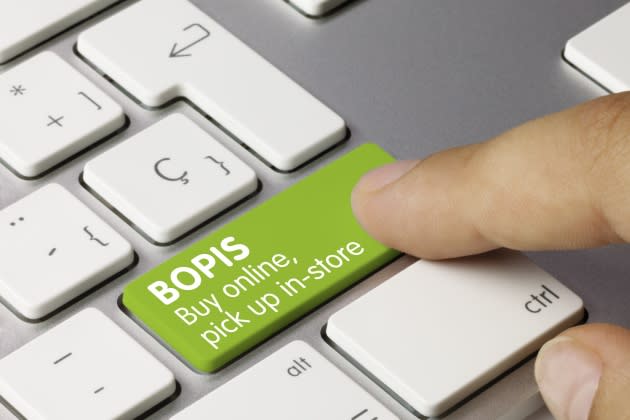Supply Chain, Inventory Management Are Top Priorities for Retailers

From September to December, retail inventories in the U.S. rose slightly to an inventory-to-sales ratio of 1.26 from 1.24, according to data from the Federal Reserve Bank of St. Louis. The slight increase brings it to a level that is still well below the historic high of 1.69 during the peak pandemic period in 2020.
But why are current inventories trending below an average pre-pandemic level of around 1.40? What’s going on?
More from WWD
According to solution providers and analysts, retailers learned some hard lessons during the pandemic and have upped their inventory management game while also making investments in digitalization, e-commerce and, especially, supply chain logistics.
Edward Wong, senior vice president and global retail sector leader at Blue Yonder, said as retailers and brands sharpen their e-commerce, and operational capabilities, his company is seeing “a lot of focus in terms of the supply chain logistics aspect of it because depending on who you believe, anywhere up to half of the margin that you’re making could be leaked because of delivery — all the way to the destination, to customer homes.”
Meanwhile, as online sales growth plateaus, pandemic-born services remain popular, further complicating fulfillment. For example, Wong told WWD that consumers are still embracing buy online, pick up in-store, or BOPIS. “With that, the questions then center around: how do you do pick and pack, and get the orders ready for in-store pickup? How do you further drive conversions online? How do you provide the myriad number of choices that align to your labor in terms of how best to serve the service levels that you put out there in terms of time slots for delivery or pickup, and yet not go crazy in terms of the labor spend?”
To address those questions retailers and brands are becoming laser-focused on operational capabilities. There are, however, forces at play — such as inflation and supply chain disruptions — that are out of the control of retailers. But Wong said companies have gotten good at forecasting, replenishment, and inventory management — thanks to new technologies.
For its part, Blue Yonder offers supply chain planning solutions to help retailers better execute their businesses. “And our science is a little bit different because it gives you full visibility and yet at the same time not requiring a lot of hands-on manipulation,” Wong said. “So we’re getting a lot of value derived from the customers who’ve adopted us.”
Aside from the company’s adaptive fulfillment solutions, Blue Yonder offers forecasting tools and replenishment solutions. Again, all are packaged to offer complete supply chain visibility management, “and not just in terms of track and trace and knowing where your goods are, but at the same time, aligning your labor with respect to what the tasks are in front of you that you can see and have a line of sight,” Wong added.
Aside from real-time visibility, Blue Yonder offers a scalable and adaptable platform along with predictive, machine-learning-powered insights. The goal of these features is to help retailers and brands make better-informed decisions across the entire supply chain and to serve the customer better as well.
Wong said from a strategic perspective, “a horizontal view of retail within the value chain is the way to look at it. Retailers more and more are looking at that versus being siloed with a single-point solution. It’s more about getting a grip on the end-to-end and then building out a sequence of addressing where your capability gaps and priorities are.”
Best of WWD
